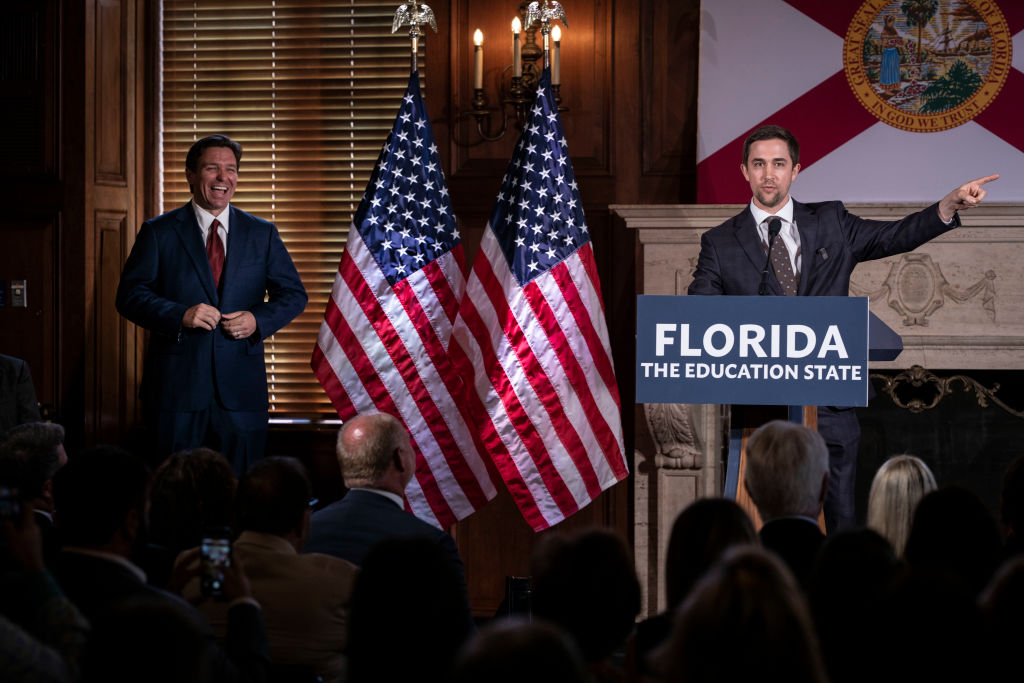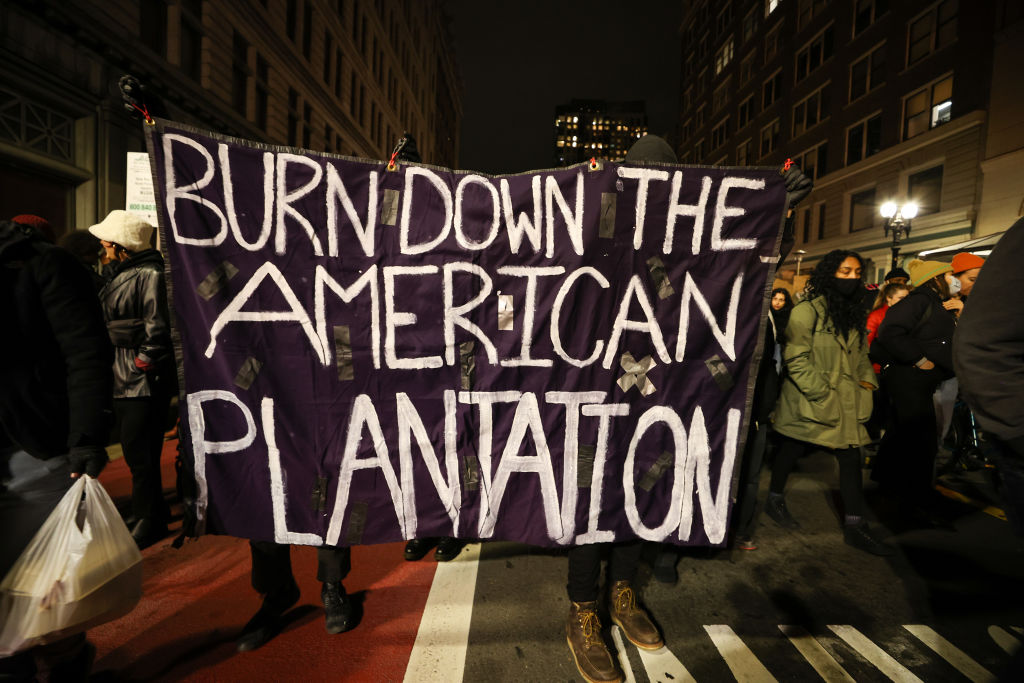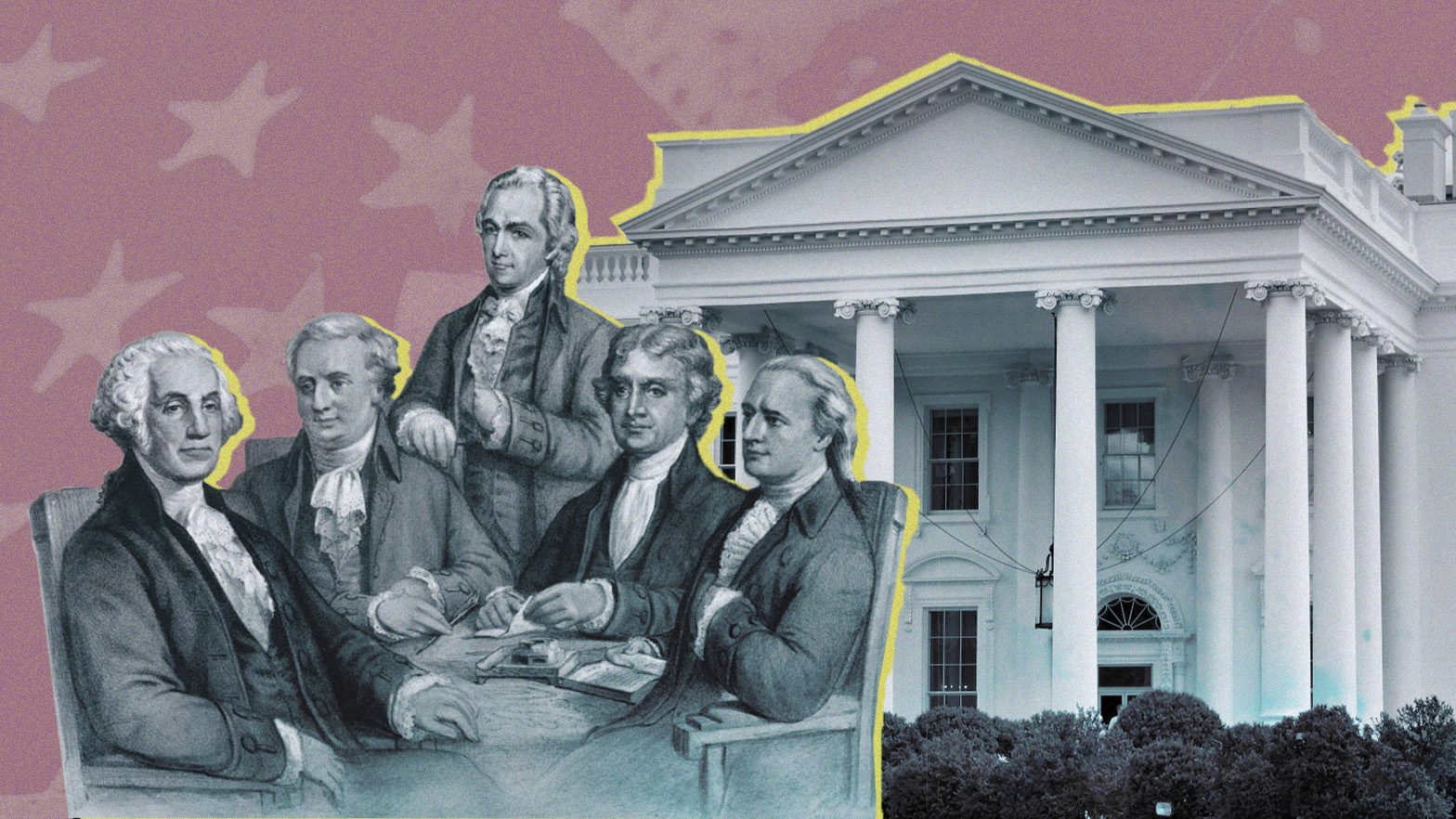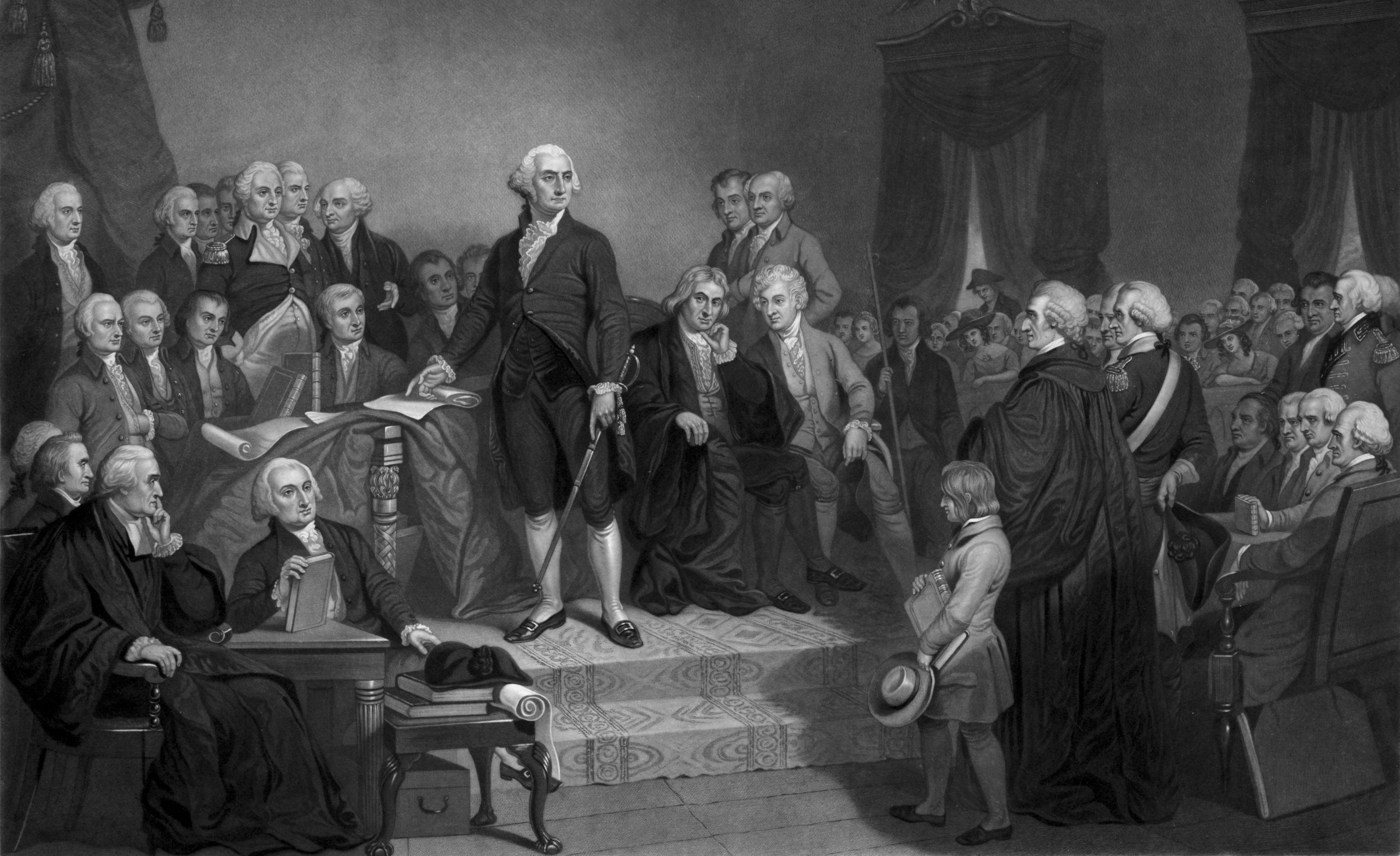The Left’s efforts against reforming New College reveal totalitarian impulses.
DEI Is Not Dead Yet

Radical race ideologues are still on the march.
There’s a certain triumphalism on the Right regarding the declining fortunes of Diversity, Equity, and Inclusion in American institutions and corporations. Companies which have recently rolled back their DEI programs include heavy weights such as Walmart, Ford, Harley-Davidson, Caterpillar, and Lowe’s. “DEI Is Dying,” read one New York Post op-ed in May of last year. The editors of National Review crowed in May 2024: “DEI on the Run.” Yet as someone who recently completed my employer’s web-based DEI training, it’s going to require a much more concerted effort by businesses and government to excise this cancer from American public life.
The DEI training I took wasn’t mandatory, though it was encouraged by senior leadership, and H.R. told the workforce that its completion would be looked upon positively for promotion purposes.
As I speculated, I got through the approximately 11 hours of video content while still doing my actual job. I wouldn’t be surprised if many of my colleagues thought DEI so important that it demanded their undivided attention.
I learned that DEI is a “lasting culture shift.” Indeed, for new pupils of DEI, the program demands regularly using an entire language of now mostly well-known words and phrases such as cisgender, microaggressions, intersectionality, allies, women of color, and co-conspirators. That last term refers to white males who promote DEI, presumably because they are “conspiring” against a white supremacist, patriarchal American society. “Covering,” another term that’s not mainstream—yet—is the action of hiding one’s true opinions and identity, which the DEI training videos taught is primarily done by black and LGBTQ+ people.
Mandatory DEI quizzes sought to reinforce the integration of this new language. For example, a potential benefit of developing workplace diversity is not following federally-mandated employment requirements (I can only presume we’re not supposed to be embracing DEI just as a box-checking exercise but because we accept its inherent goodness.) Another question asked if workplaces should expect everyone to assimilate to a prescribed set of cultural norms. I thought probably no—we want to celebrate the norms of many different cultures, right?—but also maybe yes, since perhaps we want everyone to embrace cultural norms such as tolerance, active listening, and proper pronoun use as advanced by DEI.
I also learned that diversity includes more than just race, gender, and sexual orientation: DEI programs, one instructor explained, should account for “age, generation, religion, disability, neurodiversity, ethnicity, geography, experience, skillset, income, education, family status, and more.” The more cynical student might assess that such an all-encompassing system necessarily translates to an ever-expanding bureaucracy of DEI technocratic experts who perform training, host seminars, and evaluate progress regarding respecting all these traits, ensuring the program’s self-perpetuation. But such thinking, I’d wager DEI adherents would respond, fails to grasp how essential this work truly is for ensuring societal progress and necessary transformational change.
DEI advocates are loquacious about the benefits of their program. Diversity, they declare, will result in “new sources of competitive advantage” and encourage innovation. It will supposedly increase problem-solving and creativity, resulting in fresh perspectives and new ideas. It will help teams manage conflict better and create a positive image for companies and organizations in an increasingly liberal American society.
Putting aside the legitimate question of whether adding men who identify as women to your team will truly improve professional problem-solving, it would be nice to know if there is evidence that DEI actually achieves its stated goals. “With something like diversity, you can’t easily show its benefit in dollars. Its value is less tangible,” one lecturer explains in anticipation of that question. Nevertheless, “more diverse teams make better decisions 87 percent of the time,” though it’s unclear what criteria were used to evaluate what constitutes “better decisions.” Are better decisions those that result in more diversity and inclusion, perhaps?
To wit, properly embracing DEI means creating a separate DEI budget and hiring employees who advise management to ensure DEI is tethered to career progression. “We must promote DEI in our workplaces and societies even if it takes time and money and causes disruption and pain,” explains one lesson. Hence the need for coercive measures in order to “persuade” the unpersuaded, despite DEI advocates’ insistence that they oppose social coercion in principle.
Moreover, DEI advocates argue that no one is asking us to give up our personal beliefs, but simply to “set aside our standards and be a cheerleader for diversity,” to “develop empathy for people different from you,” and to foster an environment where everyone feels free to “share their truth.” Though, of course, depending on your beliefs, you might very well need to give them up, or at least never publicly voice them, which would necessarily mean not “sharing your truth.”
Hence the unavoidable glaring tension within DEI: as much as it seeks to engender tolerance and respect for all employees, it can’t help but encourage some opinions and behaviors at the expense of others. DEI is, after all, premised on an ethical system that makes moral judgments. Thus my organization’s DEI curriculum discourages such things as “staying loyal to traditional ideas and notions” and “faithfully adhering to traditional mainstream views and positions.”
But good luck trying to persuade DEI’s proponents to understand that inexorable dilemma. “Some people interpret diversity work as being exclusionary of white men or conservative views,” one lecturer acknowledges. “But that is divisive and far from the truth.” Or, as another lecturer explains, “resistance to diversity comes from jealousy or defensiveness because some people feel unfairly resentful.”
There is ultimately no common ground upon which to examine DEI itself—its peculiar conception of truth, justice, and reality are simply presumed. Thus its critics cannot be respectfully heard as offering an alternative approach, but must be shamed and silenced. It is, to cite philosopher Alasdair MacIntyre, its own philosophical and ethical paradigm.
The problem is, DEI represents a vision of morality and the good life that is fundamentally in tension with the classical and Christian moral frameworks integral to America’s success. From Aristotle and Aquinas to the American Founders, man’s natural end is not to present our “true, authentic self” but to practice virtue according to an objective moral standard that necessarily encourages certain behaviors and discourages others (for example, see George Washington’s 110 Rules for Civility, which he learned as a child). That moral vision—inculcated in generations of Americans through reading both the Bible and classical sources—is what makes our nation uniquely American, and incomparably successful.
Rather than the telos of life, liberty, and the pursuit of happiness—which the Founders and subsequent generations interpreted to include both virtue and communion with God—DEI’s highest end is itself. This explains the incredible expansion of categories that now fall under the DEI umbrella. The cancer endlessly grows as victimhood metastasizes.
This is why, despite even legitimate efforts to reverse its effects, the cancer will be so difficult to halt and remove. As demonstrated by the noticeable effects DEI has already had on the language we use, let alone the business practices and bureaucratic decisions of millions of American workers, extirpating its influence will likely be a multi-generational effort.
In contrast to the triumphalist headlines I cited at the beginning, a November headline in Forbes is far closer to the truth: “Warning: DEI Is Here To Stay.” Unless our corporate and government leaders consistently take aggressive measures to counter DEI’s malignant influence, that headline may be right.
The American Mind presents a range of perspectives. Views are writers’ own and do not necessarily represent those of The Claremont Institute.
The American Mind is a publication of the Claremont Institute, a non-profit 501(c)(3) organization, dedicated to restoring the principles of the American Founding to their rightful, preeminent authority in our national life. Interested in supporting our work? Gifts to the Claremont Institute are tax-deductible.
The woke lie that racism has gotten worse needs to be called out.
Understanding the Enlightenment underpinnings to the Constitution is crucial to understanding America.
Remarks from National Conservatism II
How to rid wokeness from the University of Wyoming.
Trump’s 2024 victory relied on his cultural connection with the working poor.






